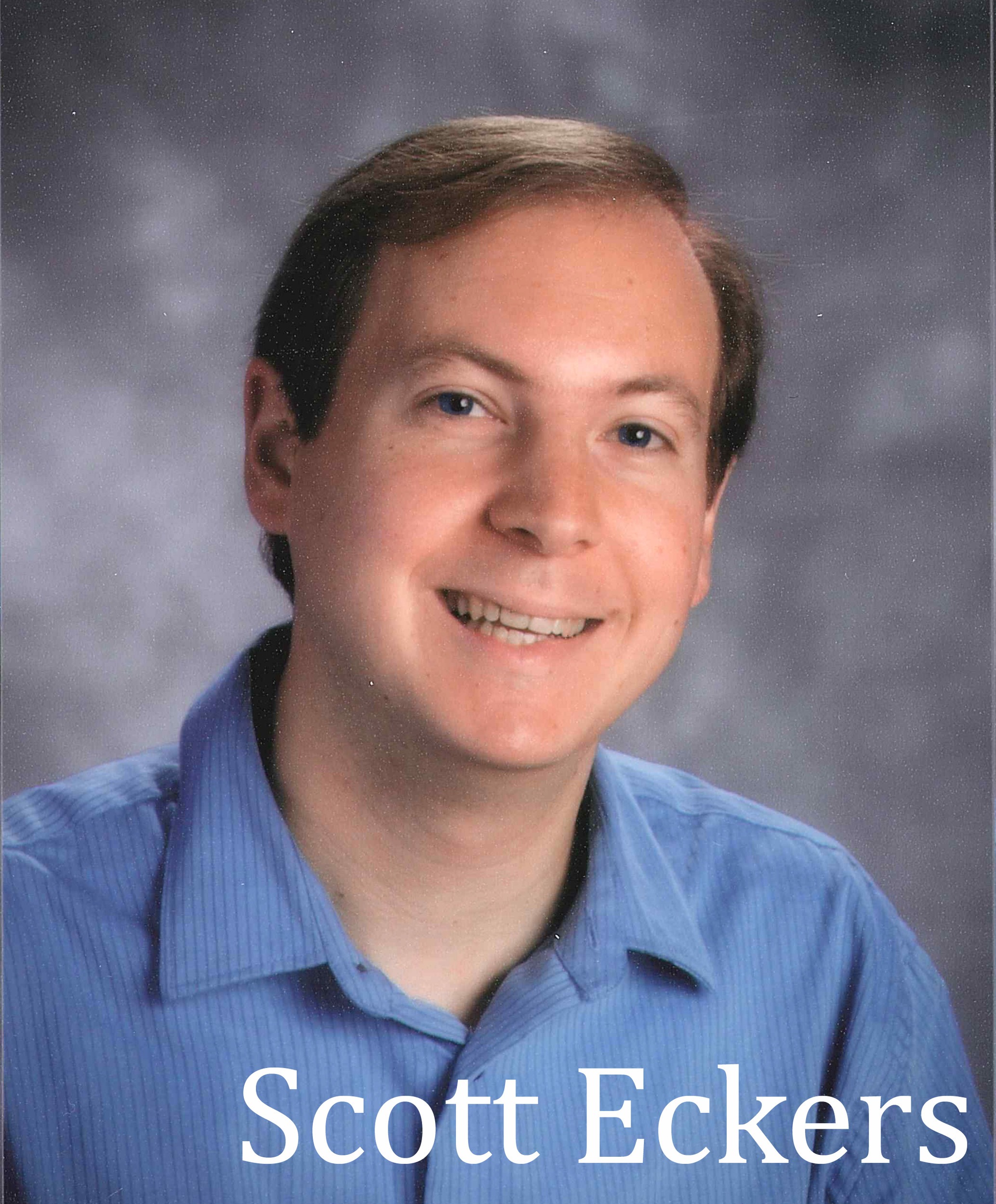A Yellow Journalist in East Meadow
Remember the Spanish-American War of 1898? No? Surely you "Remember the Maine!" The battle cry you might remember from junior high was the work of "yellow journalists" of the 1890s. Without them, including East Meadow's Arthur Brisbane (1864-1936), we may never have acquired Puerto Rico, Guam, and the Philippines (which we gave back on this day, July 4, in 1946).
By the late 19th century, two New York City newspapers, Joseph Pulitzer's New York World and William Randolph Hearst's New York Journal, were competing for readers by printing increasingly sensational headlines, stories and pictures.
Though reporting was faulty by standards of the time, or even purposely inaccurate, this competition often shaped public opinion about national or international events. Brisbane worked for both publications, but rose to become the managing editor of Hearst's Journal. Preteen and teenage boys known as "newsies" hawked papers for the major newspapers, but worked as independent agents. Everybody was looking to sell more: the newsies needed to sell all their "papes" so they wouldn't have leftover waste at the end of a long day and Brisbane and fellow writers and editors needed papers sold so they would make higher salaries and commissions. In the end, Pulitzer and Hearst made enormous sums of money, which was not shared commensurately with their staff or sales boys. Ironically, Brisbane's father Albert was a social reformer. Yellow journalism got its start exposing the evils of urban society just prior to the Progressive Era, but it profited greatly from exploiting the working class, foreigners, and indirectly, members of the military.
When the yellow journalists began printing sensational stories about Spanish atrocities, particularly in Latin America, Americans began to see Spain as an enemy of freedom and justice. The United States Navy sent a battleship, Maine, to Havana. It blew up on February 15, 1898 and Spain was quickly blamed for its deliberate sinking and loss of life. The World's famous headline, "Maine Explosion Caused by Bomb or Torpedo?" was especially characteristic of yellow journalism. It goes on to suggest that "the accident was made possible by an enemy" and shows a highly dramatic drawing of the explosion that fills half the tabloid's front page. By the spring, we were at war. Later investigations suggested that the boiler exploded and Spain probably had nothing to do with the tragedy, but those facts don't sell newspapers.
Brisbane wrote a regular column, "Today," which was reportedly seen by up to 30 million readers due to its widespread syndication in (at least) hundreds of newspapers. Luckily for Brisbane, his pay was tied to newspaper sales. Needless to say, he achieved significant financial success. Just for good measure, he also made a fortune in New York City real estate and donated his Pierce Arrow touring car to the East Meadow Fire Department. Brisbane was known to be a great horseman and farmer and loved his second home, Long Island. At the time, his neighbors in East Meadow were also horsemen and farmers.
The influential financier J.P. Morgan owned a large tract of land called Hempstead Farm for these purposes just down the street. Brisbane would commute by train to work in New York City; the Long Island Rail Road's Salisbury Plains Station was walking distance from his home. Arthur Brisbane's properties were located at the southwest and northeast corners of Merrick Avenue and Front Street, just east of the O.H.P. Belmont estate called Brookholt; at the southeast corner of Merrick Avenue and Hempstead Turnpike, and in current-day Eisenhower Park, at the northwest corner of Hempstead Turnpike and Newbridge (East Meadow) Avenue. Brisbane's grandson, also named Arthur, was the fourth public editor of the New York Times.
Arthur Brisbane's personal attorney was Yale and Columbia-educated Geoffrey Konta (1887-1942). Konta was also the attorney for William Randolph Hearst, one of the major newspaper owners for whom Brisbane worked. Geoffrey Konta and his wife, Phyllis Goodhue, lived at the northwest corner of Newbridge (East Meadow) Avenue and Hempstead Turnpike, on property that abutted one of Brisbane's several holdings. When you're a controversial journalist, best to keep your lawyer close at hand, right? The estate he built on the property was called "East Meadows."
As with most other Gilded Age personalities, the Kontas owned another fashionable residence at 290 Park Avenue in Manhattan. They split their time between New York City and Long Island, appearing in the "Dilatory Domiciles" summer social registers by the Social Register Association. These were essentially lists of prominent (read: rich) ladies and gentlemen with whom you might dine or sail. Konta spent his final days in East Meadow. The estate was purchased by Nassau County and absorbed into what is now Eisenhower Park. (Newbridge Avenue no longer runs through the park.)
© Scott Eckers
Dr. Scott Eckers is the author of East Meadow in Arcadia Publishing's Images of America series. He is Vice President of the East Meadow Board of Education as well as Social Studies Chair for the East Williston School District. Scott is also an entertainer and recording artist.

 44.0°,
Mostly Cloudy
44.0°,
Mostly Cloudy 




